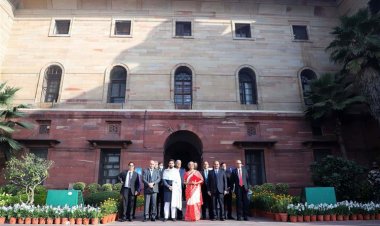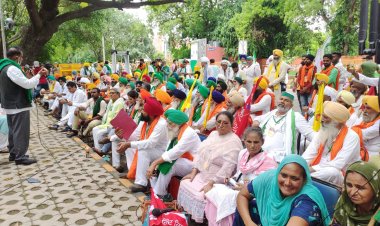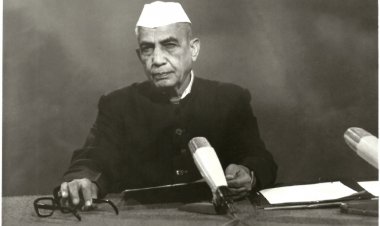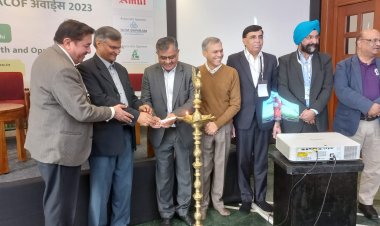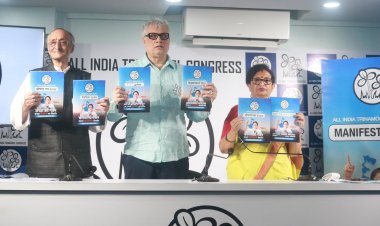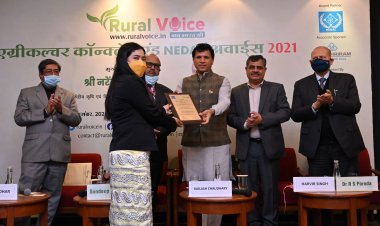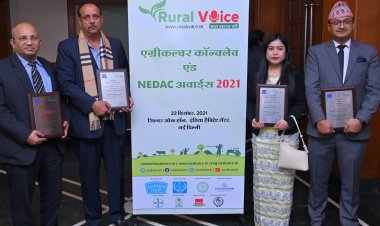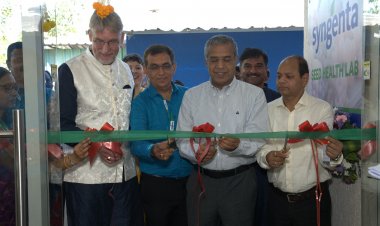Only a comprehensive agricultural policy can reverse the decades-long neglect
The farmers may have won a battle against the farm laws, but they stand to lose in the long run if they do not initiate a dialogue with the government for the adoption of a comprehensive agricultural policy that can reverse the neglect they have faced over the past decades. This would be one major step for improving their lives and livelihoods.
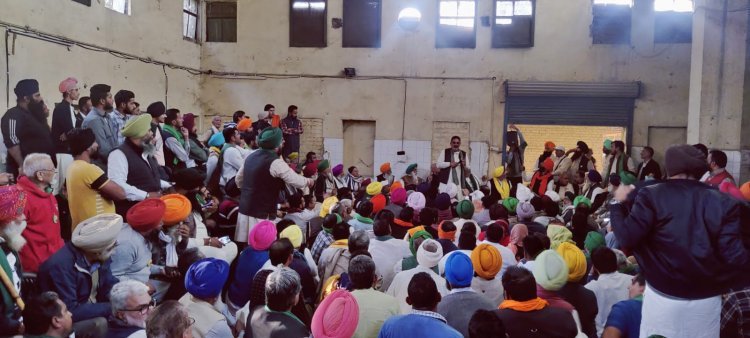
The decision of the Government of India to revoke the three controversial legislations must be seen as a victory for the Indian farmers, especially because the policymakers were not able to convince the farmers that the legislations were enacted to enhance their interests. At the same time, this episode also serves as a reminder to the policymakers that laws and policies must be enacted after detailed consultations with all stakeholders and after giving due consideration to the interests of all concerned. In a country, which has seen decades of discussions on the importance of “people-centred” development, it is time policymakers adopted this framework for the betterment of the people of this country.
Agricultural policy never went beyond a draft
There is no doubt that the absence of a “people-centred” development has hurt the agricultural sector the most. Standing testimony to this fact is that while for almost every sector of the economy, the governments had laid down clear sectoral policies, starting with the Industrial Policy in 1948, followed by its detailed version in 1956, the agricultural policy never went beyond a draft that was prepared by the NDA government at the turn of the millennium. It must be pointed out here that the United States (US) and members of the European Union (EU), where the workforce dependent on agriculture has been fast decreasing over the past few decades and is currently just 1 per cent and 4 per cent respectively, agricultural policies are regularly enacted. In the US, Farm Acts are enacted every five years, while the EU members adopt their Common Agricultural Policy every decade. However, in India, where well over 50 per cent of the workforce is still directly or indirectly dependent on agriculture, none of the governments at the Centre initiated a process of enacting farm policies in consultation with the State governments.
The lack of a comprehensive set of policies has seriously affected India’s agriculture in many different ways, which was extensively documented by this author along with Roshan Kishore (https://www.epw.in/journal/2021/16/perspectives/indian-agriculture-needs-holistic-policy-framework.html). It was pointed out that agriculture in post-independent India never experienced a high-growth phase unlike several sectors in the non-agricultural economy. The highest decadal growth for agriculture has been just 3.5 per cent in the 1980s. This was in sharp contrast to non-agricultural growth, which consistently increased between the 1980s and the 2000s, before declining in the previous decade.
In the mid-1960s, Indian agriculture was in deep crisis, which was overcome through the introduction of the Green Revolution. However, the benefits of new technology in terms of higher output growth could not be reaped until the 1980s, and this growth could not be sustained in the following decades. This also clearly shows that economic reforms had bypassed the farm sector.
Low growth in agriculture
Among the contributory factors to the low growth syndrome was inadequate irrigation facilities. By 2015-16, just over half of the gross cropped area under principal crops was still unirrigated. Moreover, of the 29 States and Union Territories for which data were available, in 21 States, coverage of irrigated area under principal crops was lower than the national average. The relatively slow spread of irrigation facilities in the country reflects inadequate infrastructure supporting agriculture, which, in turn, was a result of deficient investment in this sector. While in the 1950s, the share of agriculture in the total investment in the country was about a quarter of the total, this figure fell sharply to around 6 per cent in 2018-19.
Inadequate investment coupled with diminishing investment in agricultural research over the decades meant growing inefficiencies in this sector. This can be seen from the fact that although India is among the top producers of all major food crops, it is considerably behind countries having the highest levels of yields, according to the data provided by the Food and Agricultural Organization (FAO). For example, India’s rice yield in 2019 was 2.7 tonnes per hectare as compared to Australia’s 8.8 tonnes per hectare, while India’s wheat yield was 3.5 tonnes per hectare as against Ireland’s 9.4 tonnes per hectare. When inefficiencies have gripped the sector, should it be a surprise that agriculture has faced adverse terms of trade vis-à-vis non-agricultural sectors during the decade of the 1980s and for most years since the mid-2000s, and further that 99.43 per cent of farm holdings in India are cultivated by “low-income or resource-poor farmers”, according to the information provided by the Government to the World Trade Organization (WTO)? Do these facts leave any scope for contesting the claims of the farmers that farming has become a loss-making occupation?
One major step required
The farmers may have won a battle against the farm laws, but they stand to lose in the long run if they do not initiate a dialogue with the government for the adoption of a comprehensive agricultural policy that can reverse the neglect they have faced over the past decades. This would be one major step for improving their lives and livelihoods.
(Dr Biswajit Dhar is a Professor at Centre for Economic Studies and Planning, School of Social Sciences, Jawaharlal Nehru University. The views expressed here are his own.)












